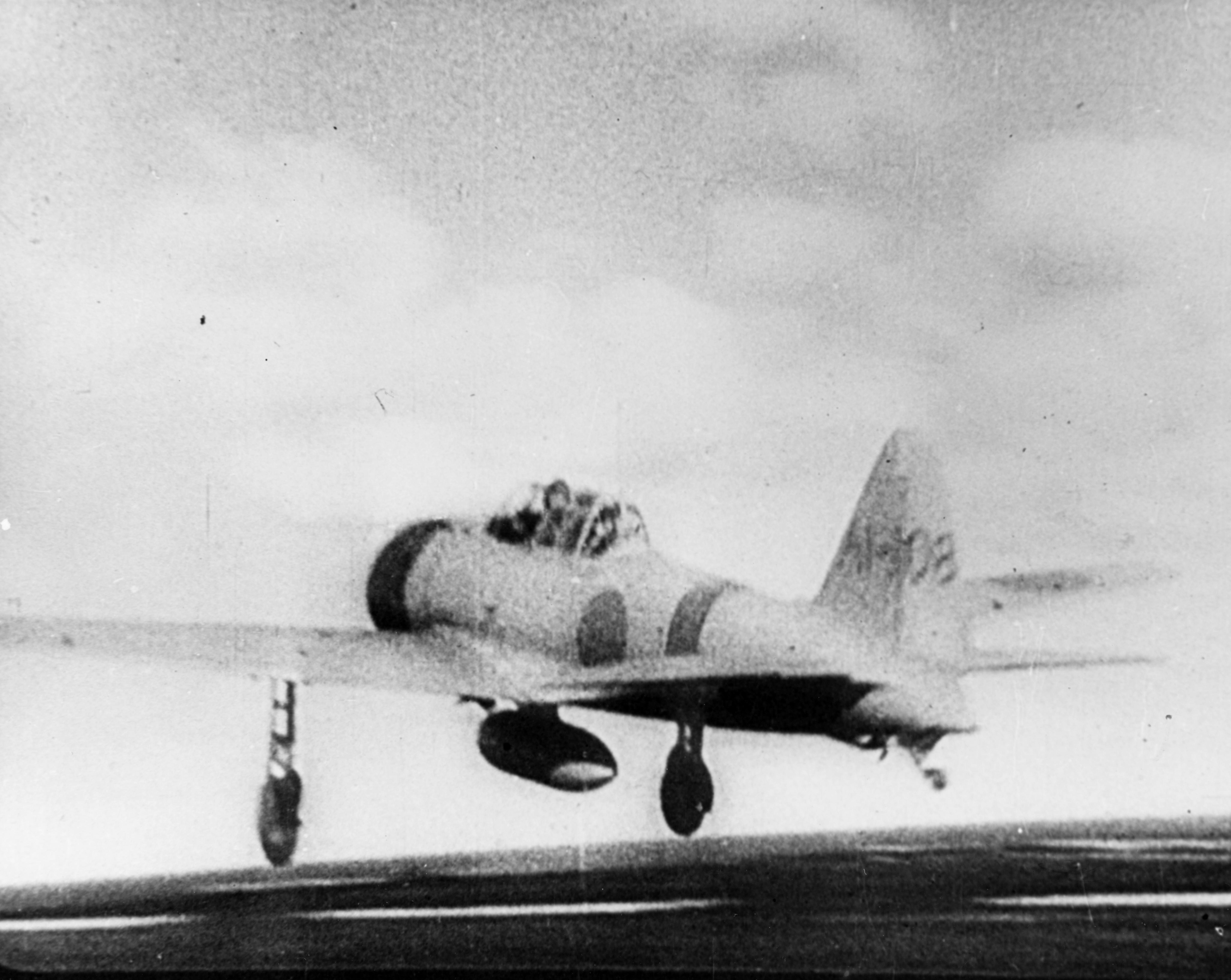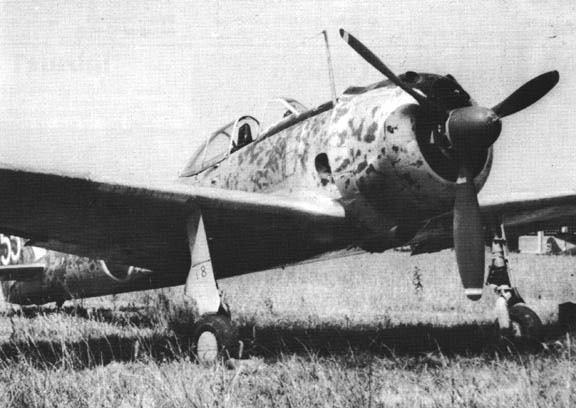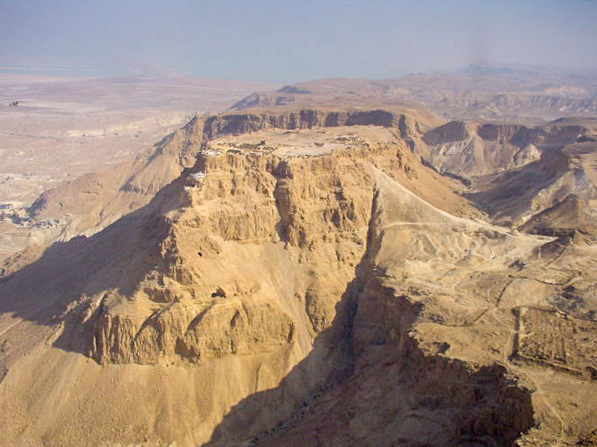|
Robert M. DeHaven
Robert Marshall DeHaven (January 13, 1922 – July 10, 2008) was an American flying ace in the 49th Fighter Group during World War II, who was credited with 14 aerial victories. After the war, he briefly worked as an actor before becoming a personal pilot for billionaire Howard Hughes. Early life DeHaven was born on 1922 in San Diego. He graduated from North Hollywood High School in Los Angeles, before attending Washington and Lee University in Virginia. Military career On April 14, 1942, he enlisted in the Aviation Cadet Program of the U.S. Army Air Forces, and was commissioned a second lieutenant and awarded his pilot wings at Luke Field in Arizona, on January 4, 1943. World War II After the completion of his training in the P-40 Warhawk training in Florida, he was assigned to the 73d Fighter Squadron of the 318th Fighter Group in Hawaii. During this time, American fighter units in the South West Pacific Area were desperately short of qualified pilots and as a result, De ... [...More Info...] [...Related Items...] OR: [Wikipedia] [Google] [Baidu] |
Encino, Los Angeles
Encino (Spanish for "oak") is a neighborhood in the San Fernando Valley region of Los Angeles, California. History In 1769, the Spanish Portolá expedition, first Europeans to see inland areas of California, traveled north through Sepulveda Pass into the San Fernando Valley on August 5 and stayed two nights at a native village near what is now Los Encinos State Historic Park. Fray Juan Crespi, a Franciscan missionary traveling with the expedition, named the valley "El Valle de Santa Catalina de Bolonia de Los Encinos" (The Valley of St. Catherine of Bologna of the Holm Oaks). All of Crespi's name was later dropped except "Encino". Rancho Los Encinos (''Ranch of Holm Oaks'') was established in 1845 when a large parcel of former Mission San Fernando land was granted to three Mission Indians by governor Pio Pico. Many ranchos were created after the secularization of the California missions, which began in 1834. Encino derives its name from the rancho. Demographics The 2000 U ... [...More Info...] [...Related Items...] OR: [Wikipedia] [Google] [Baidu] |
Virginia
Virginia, officially the Commonwealth of Virginia, is a state in the Mid-Atlantic and Southeastern regions of the United States, between the Atlantic Coast and the Appalachian Mountains. The geography and climate of the Commonwealth are shaped by the Blue Ridge Mountains and the Chesapeake Bay, which provide habitat for much of its flora and fauna. The capital of the Commonwealth is Richmond; Virginia Beach is the most-populous city, and Fairfax County is the most-populous political subdivision. The Commonwealth's population was over 8.65million, with 36% of them living in the Baltimore–Washington metropolitan area. The area's history begins with several indigenous groups, including the Powhatan. In 1607, the London Company established the Colony of Virginia as the first permanent English colony in the New World. Virginia's state nickname, the Old Dominion, is a reference to this status. Slave labor and land acquired from displaced native tribes fueled the ... [...More Info...] [...Related Items...] OR: [Wikipedia] [Google] [Baidu] |
Kawasaki Ki-61
The Kawasaki Ki-61 ''Hien'' (飛燕, "flying swallow") is a Japanese World War II fighter aircraft. Used by the Imperial Japanese Army Air Service, it was designated the "Army Type 3 Fighter" (三式戦闘機). Allied intelligence initially believed Ki-61s were Messerschmitt Bf 109s and later an Italian Macchi C.202, which led to the Allied reporting name of "Tony", assigned by the United States War Department. The design originated as a variant of the Kawasaki Ki-60, which never entered production. The Ki-61 became the only mass-produced Japanese fighter of the war to use a liquid-cooled inline V engine. Over 3,000 Ki-61s were produced. Initial prototypes saw action over Yokohama during the Doolittle Raid on 18 April 1942, and continued to fly combat missions throughout the war. Design and development The Ki-61 was designed by Takeo Doi and his deputy Shin Owada in response to a late 1939 tender by the ''Koku Hombu'' for two fighters, each to be built around the Daimler- ... [...More Info...] [...Related Items...] OR: [Wikipedia] [Google] [Baidu] |
Mitsubishi A6M
The Mitsubishi A6M "Zero" is a long-range carrier-based fighter aircraft formerly manufactured by Mitsubishi Aircraft Company, a part of Mitsubishi Heavy Industries, and was operated by the Imperial Japanese Navy from 1940 to 1945. The A6M was designated as the , or the Mitsubishi A6M Rei-sen. The A6M was usually referred to by its pilots as the ''Reisen'' (, zero fighter), "0" being the last digit of the imperial year 2600 (1940) when it entered service with the Imperial Navy. The official Allied reporting name was "Zeke", although the name "Zero" (from Type 0) was used colloquially as well. The Zero is considered to have been the most capable carrier-based fighter in the world when it was introduced early in World War II, combining excellent maneuverability and very long range.Hawks, Chuck"The Best Fighter Planes of World War II" chuckhawks.com. Retrieved: 18 January 2007. The Imperial Japanese Navy Air Service (IJNAS) also frequently used it as a land-based fighter. In e ... [...More Info...] [...Related Items...] OR: [Wikipedia] [Google] [Baidu] |
Nakajima Ki-43
The Nakajima Ki-43 ''Hayabusa'' (, "Peregrine falcon", "Army Type 1 Fighter" ) is a single-engine land-based tactical fighter used by the Imperial Japanese Army Air Service in World War II. The Allied reporting name was "Oscar", but it was often called the "Army Zero" by American pilots because it bore a certain resemblance to the Mitsubishi A6M Zero, the Imperial Japanese Navy's counterpart to the Ki-43. Both aircraft had generally similar layout and lines, and also used essentially the same Nakajima Sakae radial engine, with similar round cowlings and bubble-type canopies (the ''Oscar'''s being distinctly smaller and having much less framing than the A6M). While relatively easy for a trained eye to tell apart with the "finer" lines of the Ki-43's fuselage – especially towards the tail – and more tapered wing planform; in the heat of battle, given the brief glimpses and distraction of combat, Allied aviators frequently made mistakes in enemy aircraft identification in th ... [...More Info...] [...Related Items...] OR: [Wikipedia] [Google] [Baidu] |
Salamaua
Salamaua () was a small town situated on the northeastern coastline of Papua New Guinea, in Salamaua Rural LLG, Morobe province. The settlement was built on a minor isthmus between the coast with mountains on the inland side and a headland. The closest city is Lae, which can be reached only via boat across the gulf. History In the 1920s prospective gold miners used Salamaua as a staging post to explore for gold in the inland areas. Gold was discovered at Wau and miners came from all over and made for the goldfields via the rough Black Cat Track. The town was captured by the Japanese on 8 March 1942 during World War II and later retaken by Australian and United States forces led by General Douglas MacArthur on 11 September 1943 during the Salamaua–Lae campaign. During reoccupation the town was destroyed. Today the villages of Kela and Lagui occupy the site, as well as holiday houses that are mainly owned by expatriates based in Lae. See also * Invasion of Salamaua–Lae * Sa ... [...More Info...] [...Related Items...] OR: [Wikipedia] [Google] [Baidu] |
Aichi D3A
The Aichi D3A Type 99 Carrier Bomber ( Allied reporting name "Val") is a World War II carrier-borne dive bomber. It was the primary dive bomber of the Imperial Japanese Navy (IJN) and was involved in almost all IJN actions, including the attack on Pearl Harbor. The Aichi D3A was the first Japanese aircraft to bomb American targets in the war, commencing with Pearl Harbor and U.S. bases in the Philippines, such as Clark Air Force Base. They sank more Allied warships than any other Axis aircraft. Design and development In mid-1936, the Japanese Navy issued the 11-Shi specification for a monoplane carrier-based dive bomber to replace the existing D1A biplane then in service. Aichi, Nakajima, and Mitsubishi all submitted designs, with the former two subsequently being asked for two prototypes each. The Aichi design started with low-mounted elliptical wings inspired by the Heinkel He 70 ''Blitz''. It flew slowly enough that the drag from the landing gear was not a serious iss ... [...More Info...] [...Related Items...] OR: [Wikipedia] [Google] [Baidu] |
Girua Airport
Girua Airport is an airport serving Popondetta, a city in the Oro (or Northern) province in Papua New Guinea. History Girua Airport is located near Dobodura, to the north-east of the Embi Lakes, north-east of Inonda. To the south is Mt. Lamington, a volcano that dominates the skyline. The airport was built during World War II as part of the Dobodura Airfield Complex during late 1942 and early 1943. During the war, the airfield had several names, including No. 7, West 7, or Horanda No. 7 Airstrip or West 7. It was also known as Kenney Strip, in honor of Fifth Air Force Commander General George Kenney. The main Dobodura complex had eleven airstrips, most interconnected for taxiing purposes. At the height of the Battle of Buna-Gona supplies began landing at the airfields including artillery spotting planes, a 105mm and five Bren Gun Carriers used to assault Cape Endaiadere, After the battle, Dobodura was developed into a major airbase, with storage and repair facilities, an ... [...More Info...] [...Related Items...] OR: [Wikipedia] [Google] [Baidu] |
New Guinea
New Guinea (; Hiri Motu Hiri Motu, also known as Police Motu, Pidgin Motu, or just Hiri, is a language of Papua New Guinea, which is spoken in surrounding areas of Port Moresby (Capital of Papua New Guinea). It is a simplified version of Motu, from the Austronesian l ...: ''Niu Gini''; id, Papua, or , historically ) is the List of islands by area, world's second-largest island with an area of . Located in Oceania in the southwestern Pacific Ocean, the island is separated from Mainland Australia, Australia by the wide Torres Strait, though both landmasses lie on the same continental shelf. Numerous smaller islands are located to the west and east. The eastern half of the island is the major land mass of the independent state of Papua New Guinea. The western half, known as Western New Guinea, forms a part of Indonesia and is organized as the provinces of Papua (province), Papua, Central Papua, Highland Papua, South Papua, Southwest Papua, and West Papua (province), West ... [...More Info...] [...Related Items...] OR: [Wikipedia] [Google] [Baidu] |
South West Pacific Area (command)
South West Pacific Area (SWPA) was the name given to the Allied supreme military command in the South West Pacific Theatre of World War II. It was one of four major Allied commands in the Pacific War. SWPA included the Philippines, Borneo, the Dutch East Indies (excluding Sumatra), East Timor, Australia, the Territories of Papua and New Guinea, and the western part of the Solomon Islands. It primarily consisted of United States and Australian forces, although Dutch, Filipino, British and other Allied forces also served in the SWPA. General Douglas MacArthur was appointed as the Supreme Commander, Southwest Pacific Area, on its creation on 18 April 1942. He created five subordinate commands: Allied Land Forces, Allied Air Forces, Allied Naval Forces, United States Army Forces in Australia (USAFIA), and the United States Army Forces in the Philippines. The last command disappeared when Corregidor surrendered on 6 May 1942, while USAFIA became the United States Army Services of Sup ... [...More Info...] [...Related Items...] OR: [Wikipedia] [Google] [Baidu] |
318th Fighter Group
The 318th Fighter Group was a World War II United States Army Air Forces combat organization. It served primarily in the Pacific Ocean theater of World War II. History The 318th Fighter Group was activated in October 1942 when the remainders of the 72d and 44th Fighter Squadrons were transferred from the 15th and 18th Groups after their former groups were deployed to the Central Pacific. They were part of the 7th Air Force until summer of 1945. The initial mission of the 318th was air protection of the Hawaiian Islands. The 73d and 333d Fighter Squadrons were transferred in November 1942 and January 1943. In March 1943 the 44th was transferred out of the group and was replaced by the 19th Fighter Squadron. The group was equipped with P-40Ks, P-40Ns, and Douglas A-24s, but in June 1943 the Bell P-39Q Airacobras began to arrive at Bellows Field and the 72nd Fighter Squadron traded their P-40s for the Flying Cannon, the Bell Airacobra. In December 1943 the 72nd Fighter Squadron ... [...More Info...] [...Related Items...] OR: [Wikipedia] [Google] [Baidu] |
73d Fighter Squadron
__NOTOC__ AD 73 ( LXXIII) was a common year starting on Friday (link will display the full calendar) of the Julian calendar. At the time, it was known as the Year of the Consulship of Domitian and Messalinus (or, less frequently, year 826 ''Ab urbe condita''). The denomination AD 73 for this year has been used since the early medieval period, when the Anno Domini calendar era became the prevalent method in Europe for naming years. Events By place Roman Empire * Spring – The Roman governor Lucius Flavius Silva lays siege to Masada, the last outpost of the Jewish rebels following the end, in AD 70, of the First Jewish-Roman War (Jewish Revolt). The Roman army (''Legio X Fretensis)'' surrounds the mountain fortress with a 7-mile long siege wall (circumvallation) and builds a rampart of stones and beaten earth against the western approach. After the citadel is conquered, 960 Zealots under the leadership of Eleazar ben Ya'ir commit mass suicide when defeat becomes immi ... [...More Info...] [...Related Items...] OR: [Wikipedia] [Google] [Baidu] |







